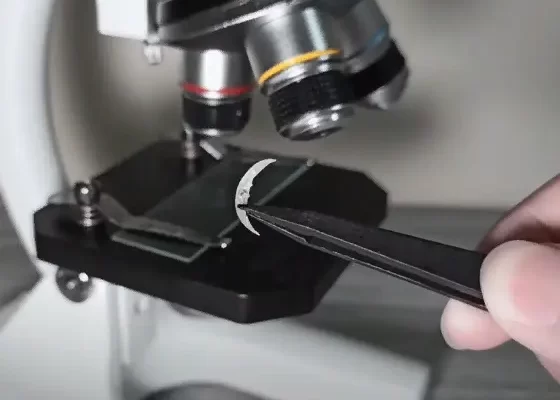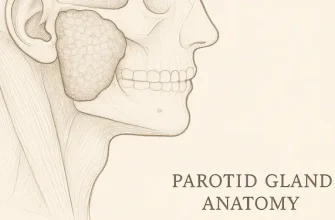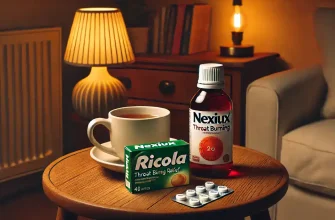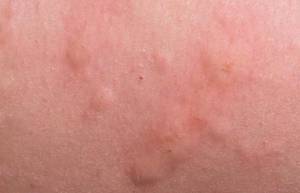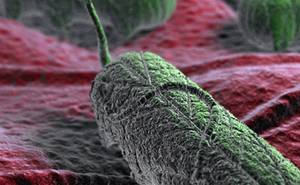The human body is a rich ecosystem for a myriad of microorganisms, including bacteria, viruses, fungi, and mites. Among the numerous niches they inhabit, the area beneath fingernails is a particularly hospitable environment for these microscopic entities commonly referred to as germs.
Causes of Germs Under Nails
Fingernails and toenails provide a sheltered, often moist, and nutrient-rich environment conducive to microbial growth. Daily activities, such as scratching, typing, gardening, or simply touching various surfaces, allow for the transfer and collection of germs under the nails. This accumulation can include a range of pathogens, some of which are capable of causing infections and illnesses.
Understanding the causes can help in adopting better practices to keep the nails clean and reduce the risk of infections. Below are several causes that contribute to the presence of germs under nails:
- Inadequate Handwashing:
- Regular and thorough handwashing is essential to remove dirt and germs. Neglecting to scrub under the nails can lead to germ buildup.
- Long Nails:
- Longer nails tend to trap more dirt and debris, creating an ideal environment for bacterial growth.
- Nail Biting:
- This habit not only damages the nail and surrounding skin but also transfers germs from the mouth to the nail area and vice versa.
- Improper Nail Care:
- Failing to regularly trim and clean nails properly can contribute to germ accumulation. Using unsterilized manicure tools can also introduce new bacteria or fungi.
- Usage of Artificial Nails:
- Artificial nails can harbor pathogens if not applied or maintained correctly. The space between the natural nail and the artificial overlay is a potential breeding ground for germs.
- Frequent Nail Polish Use:
- Constantly covered nails can prevent sunlight from reaching the nail bed, making it a more conducive environment for germs to grow.
- Gardening Without Gloves:
- Soil is rich in microbial life, and without protective gloves, these microorganisms can easily lodge under the nails.
- Handling Food:
- Uncooked food, particularly meats, can contain bacteria like Salmonella and E.coli which can get trapped under the nails.
- Working in Healthcare:
- Healthcare workers are frequently exposed to germs. Without meticulous hygiene, these pathogens can accumulate under the fingernails.
- Exposure to Contaminated Surfaces:
- Touching contaminated surfaces and then touching your face or nails can transfer germs.
- Using Communal Nail Tools:
- Sharing nail tools with others can spread bacteria, fungi, and viruses.
- Poor General Hygiene:
- General neglect of personal hygiene often leads to increased germ presence under the nails.
- Contact with Infected Individuals:
- Physical interaction with those who have an infection increases the chance of transferring germs.
- Engaging in Sports or Physical Activities:
- Contact sports and gym equipment can expose the nails to sweat and bacteria, which can get trapped underneath.
- Natural Nail Conditions:
- Certain conditions like psoriasis or nail fungus naturally attract and harbor more microorganisms.
Potential Health Risks
The risk of contamination and subsequent infection is particularly pronounced in individuals with longer nails, as well as in those who regularly engage in activities that promote germ build-up. Health professionals, food handlers, and caregivers are groups who must be especially vigilant about hand hygiene due to the potential for cross-contamination and spread of disease.
Strategies to Mitigate Risks
Minimizing the risks associated with germs under the nails involves a multi-faceted approach:
- Regular Nail Maintenance: Keeping nails trimmed and clean is essential. Shorter nails harbor fewer germs and are easier to clean.
- Proper Hand Hygiene: Washing hands with soap and running water while paying particular attention to the area underneath the nails can significantly reduce microbial load.
- Use of Cleaning Implements: Brushes or other tools designed for nail cleaning can be used to gently remove debris and germs from under the nails.
- Hand Sanitizers: When handwashing is not possible, alcohol-based hand sanitizers can serve as an alternative, although they may be less effective at reaching under nails.
- Disposable Gloves: In professional settings where the risk of contamination is high, wearing gloves provides an extra layer of protection.
Treatment Options for Germs Under Nails
Here is a comprehensive guide detailing the treatment options for eliminating germs under the nails.
I. Initial Cleaning and Basic Nail Care
- Wash Your Hands Properly: Use soap and warm water to scrub your hands and nails for at least 20 seconds, ensuring to clean underneath the nails where germs can hide. A nail brush may be used for a more thorough clean.
- Keep Nails Trimmed: Trim your nails regularly to keep them short, as shorter nails tend to harbor fewer germs and are easier to clean.
- Dry Your Hands Completely: Moist environments promote microbial growth. Ensure your hands and the area under your nails are completely dry after washing.
II. Antiseptic Treatments
- Use an Antiseptic Solution: Soak your nails in an antiseptic solution such as hydrogen peroxide or rubbing alcohol. This can help kill bacteria and other pathogens found under the nails.
- Apply Antimicrobial Ointments: After thoroughly cleaning your nails, you can apply antimicrobial ointments as a preventive measure to discourage the growth of germs.
III. Antifungal Treatments (If fungal infection is suspected)
- Over-the-Counter Antifungal Creams: For suspected fungal infections, such as nail fungus, over-the-counter antifungal creams can be used as directed.
- Prescription Antifungal Medications: In the case of severe or persistent fungal infections, a healthcare provider may prescribe oral antifungal medications.
- Nail Fungus Specific Treatments: There are treatments specially designed for nail fungus, including antifungal nail lacquers that are painted onto the affected nails.
IV. Lifestyle and Dietary Considerations
- Maintain a Healthy Diet: A diet rich in essential vitamins and minerals can help strengthen your immune system to fight off infections and keep your nails healthy.
- Wear Breathable Footwear: If toenail infections are a concern, opt for shoes that provide proper ventilation as this can prevent the buildup of moisture and bacteria.
V. Professional and Medical Treatments
- Consult a Dermatologist or Podiatrist: If you struggle with chronic infections or unsure about the condition of your nails, seek professional advice from a dermatologist or podiatrist.
- Potential Procedure: In cases of severe infection or when other treatments fail, a professional may recommend procedures like nail removal to allow for effective treatment of the underlying tissue.
VI. Preventive Measures
- Avoid biting your nails or pulling at the skin around them, as these habits can introduce new germs.
- Use gloves when engaging in activities that can soil or damage your nails, such as gardening or cleaning.
- Replace manicure and pedicure tools regularly or ensure they are sterilized between uses to avoid cross-contamination.
By following these treatment and preventive steps, individuals can significantly reduce the presence of germs under their nails and maintain a healthy nail condition. For persistent or severe nail infections, it is advised to consult with healthcare professionals for an accurate diagnosis and appropriate treatment plan.
Conclusion
The germs residing under our nails are an inseparable aspect of our body’s ecosystem. While most are harmless, some can pose health risks. Taking proactive steps in personal hygiene and nail care can notably diminish these risks, promoting better health and preventing potential disease transmission. In essence, a little attention to the tips of our fingers can go a long way in safeguarding our overall well-being.

